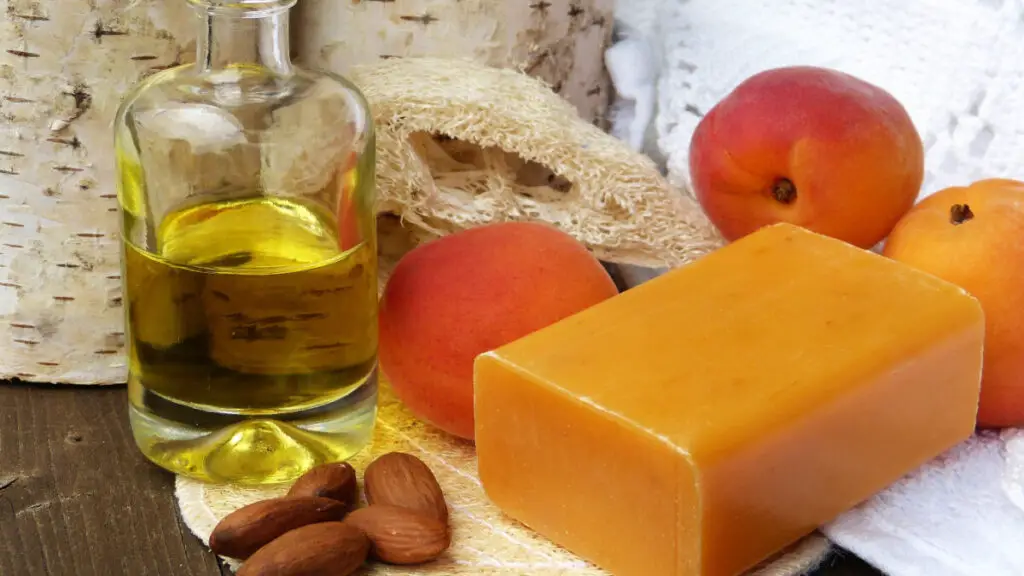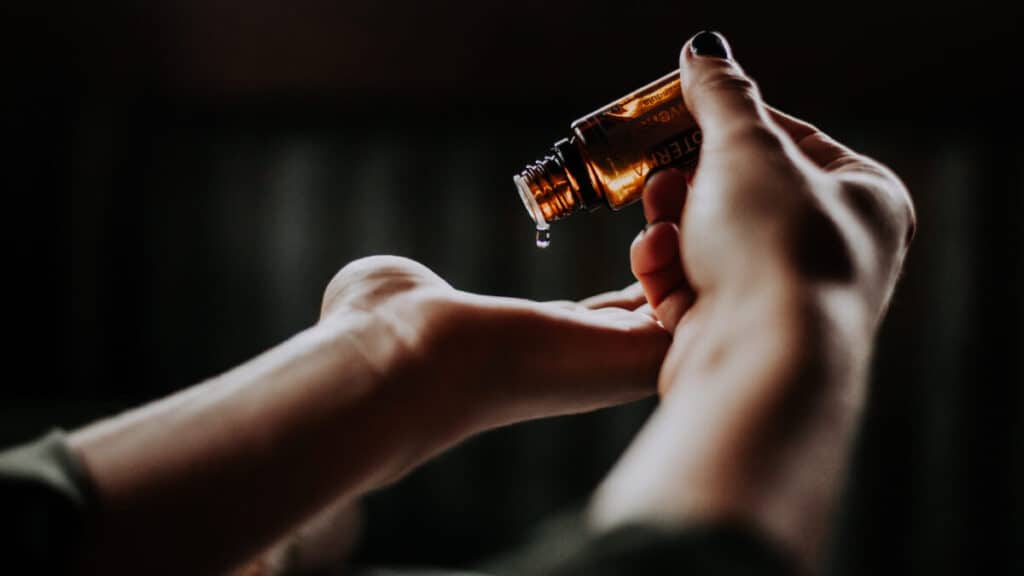Making soap from scratch is a fun and easy process. It can be exhilarating. However, there are various issues that you may face while making soap. If you are a novice in cold process soapmaking, oil leaks can be a big problem.
In most cases, this is caused by a “false trace,” the soap looked like it had reached trace, but it did not. Wrong measurements (not enough lye) or lye used was expired can also cause this. It also might be the fragrance oil, some oils speed up the process, and the ingredients did not have enough time to emulsify.
Whether you’re seeking a fun hobby, saving money, or pursuing a new business venture, our step-by-step guide makes crafting spa products enjoyable and easy, perfect for hobbies, saving money, or starting a business. Explore 126+ recipes, from soaps to lotions, with our beginner-friendly Quick Start Guide. Ditch store-bought products with unknown chemicals and embrace personalized, high-quality creations that cater to allergies and sensitivities using The Handcrafter’s Companion.
An oil leak can happen very quickly and is also very common in cold process soapmaking. The culprits? Wrong measurements, false tracing, no trace at all, and wrong fragrances are among the most common causes for this to happen.
But if you noticed, all of these things have one thing in common; they all require your attention to detail. And soap making is all about detail and patience. If you were to check my other articles, you’d commonly see me saying, patience, attention to detail, right measurements, and using the right tools.
Because you see, in almost any problem you encounter when making soap, not paying attention to these details gets you into trouble.
Why does my cold process soap leak oil?

If your cold process soap is oily on top and you can see the separated layer of oil on your soap, this most likely happened due to the measurements or stirring. But there can be other factors that cause this to happen.
Here are some of the common reasons why cold process soaps leak oil:
- Incorrect measurements.
Let’s start with the most common, shall we? If your soap has begun to leak oil, there are chances that you have not used enough lye. Even a minor excess or lack of any ingredient could affect the process of soapmaking.
Before proceeding and making another batch of soap, I would recommend you recheck your measurement. As any other soapmaker would recommend, use an Iye calculator to make sure you have the numbers right.
It would be best if you always double-checked when taking measurements, especially if you are new at this process, to maintain accuracy and avoid such issues later.
There are also instances where the lye may have been expired, making it clumpy; this may also cause the same reaction. So make sure you check your ingredients before using them. - Incomplete stirring
Incomplete stirring sounds weird, but that’s exactly what it means, not enough stirring. This means you need to stir enough for the mixture to emulsify but also at the right speed! If you do this part wrong, you may need to restart from scratch.
To give you an example, if you were to stir too fast, you might end up with air bubbles in your mixture, and if it were too slow, it might affect the soap’s quality at the end. - False trace
This is actually related to the previous point. False trace is a big issue, I have covered a few times the topic of false tracing in many of my other articles. And the fact that I need to mention it again here clearly shows the importance of it. All soapmakers must be aware of a false trace.
Trace is the stage at which oils and Iye water have emulsified properly. Sometimes, however, you may think you have trace, but, in reality, the batter only appeared that way, and the oils and butter did not emulsify. And this is basically what false trace means.
And in case you continue with the false trace, the oil leak is just another symptom caused by it.
To check whether it is a false trace or not, just leave the soap batter undisturbed for about 20-30 seconds. If there is an oily shine on the batter’s surface, then you have a false trace.
What can you do to prevent your cold process soap from leaking oil
So now we have covered the most common reasons why your cold process soap leaks oil. We can now talk about what you can do to prevent it.
Here are some of the things you can do to solve the problems above:
- Stirring until you get a true trace
To avoid false trace, you need to be stirring the soap batter thoroughly. To know if you reached a real trace, use the technique I mentioned above (Leave the mixture undisturbed for 30 seconds and check for oily shine). You do this until you see a thick trace and no separation of oil or oil shine, and you are good to go. - Low heat for one hour
This solution is only if you already transferred the soap batter into the container. If it started separating after a few hours, then you must consider low heating the soap.
Put the soap into a crockpot on low heat for about one hour. After the heating process is completed, you can pour it back into the mold. Just a heads up, this may give your soap a little rustic color; however, it will solve your leaking oil problem.
I would recommend checking several times after the first time you pour your batter to see if you have any separation. If you can catch it early on, you may be able to avoid having any rustic color at all. In fact, if you notice it early on, it would not affect the quality of your soap at all. - Buy fragrance oils from reputable vendors.

This one is easy. You just make sure you buy from reputable vendors, period. But I wanted to mention something before we continue. You need to know that fragrance oil will most likely be the most expensive ingredient in your recipe.
This is especially the case if you want to buy a good brand. So although I 100% recommend buying a good brand I also want to warn you that it might get expensive. So I thought I ‘de share a small tip with you. Buy in bulk! I know this sounds scary, at least for someone who just wants to make some soap for personal use. But, if you’re going to have a good brand and don’t want to burn your pocket, buying bulk is the best solution.
What to do if you have leaks in your homemade soap?
But, let us presume you want to continue using the one you bought or simply don’t want to spend that much on fragrance (totally understandable).
After you’ve added fragrance oil and it has started separating, it is not too late; you can still remove it. You can do this by using a tissue paper to absorb the oil. However, this only works if you added only a few drops of fragrance oil; if the separation is severe or more, this method will most likely not work.
Conclusion
When making cold process soaps, make sure you take the right measurements and use a lye calculator. If your recipe isn’t accurate, you’ll end up frustrated. Using the right ingredients such as better fragrance brands may help you avoid having oily leaks, but can be expensive if bought in lower quantities.
False trace is something you need to be wary of, keep an eye on your batter and use the 30-sec method to make sure you get it right. If you still have leaks, you can use the technique to reheat on a low heat and try to save your batter or you can also use a tissue paper to absorb if the oil is in low quantity.

